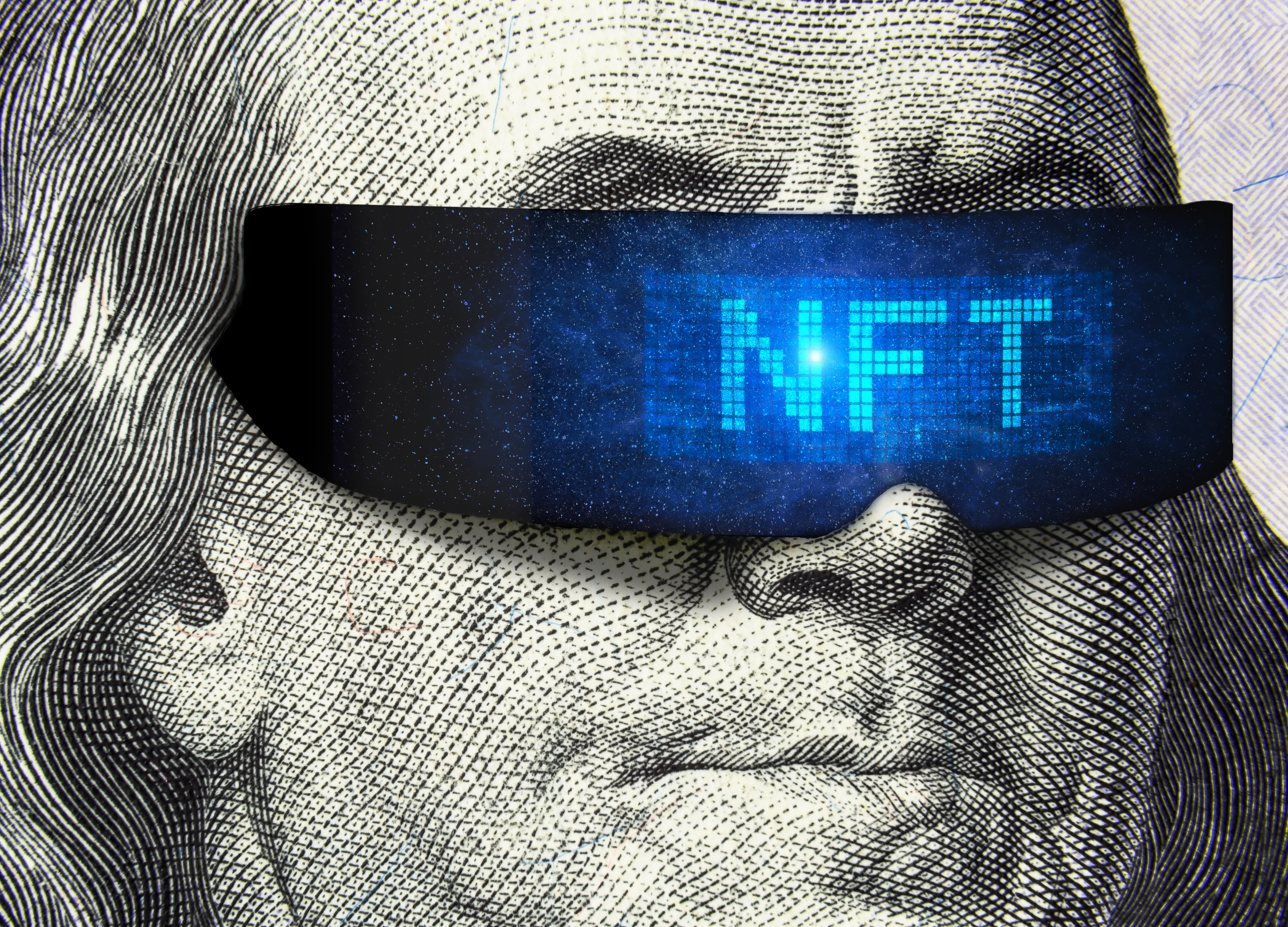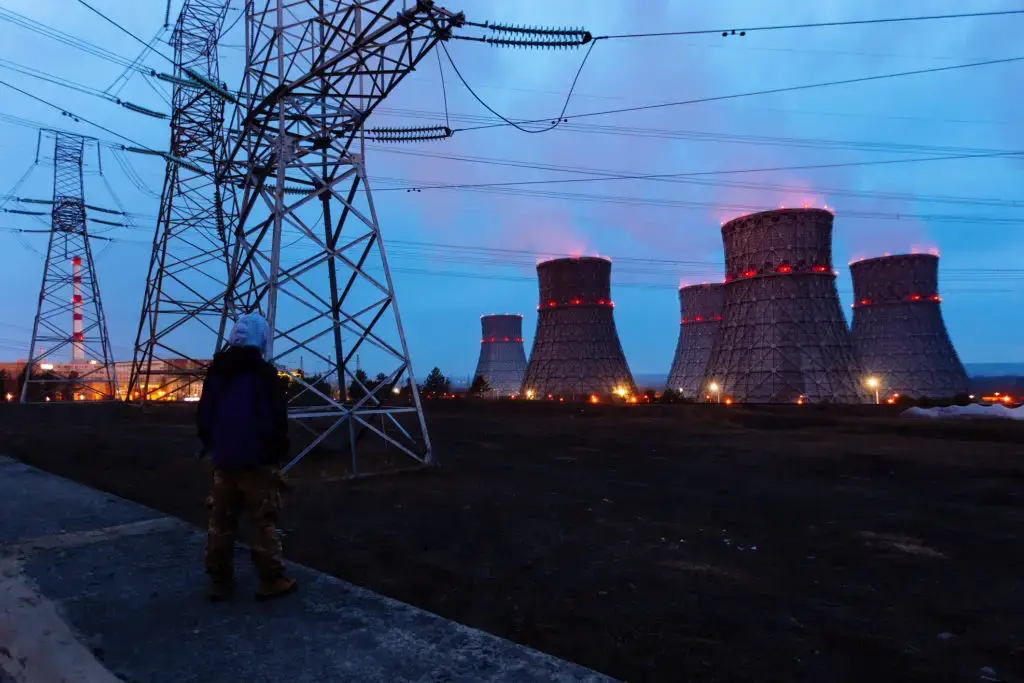Non-fungible tokens, or NFTs, have sparked many debates lately in the art world. On the surface, they may seem gimmicky - after all, what’s so special about a digital file that anyone can copy and paste?
The debate over whether art NFTs are stupid or genius is difficult to answer. On the one hand, there are some serious concerns about the environmental impact of NFTs and the questionable copyright laws surrounding them. Still, on another - they could democratize the art world.
Don’t get caught in the hype of the crypto community and cast your judgment until you’ve understood the purpose and benefit of art NFTs. Here are seven reasons why art NFTs are stupid and seven reasons they’re genius.

1. Artificial Scarcity
Artificial scarcity is a condition where a resource is available, but its availability is artificially restricted by some outside force.
NFTs have been touted as a way to create artificial scarcity. The truth?
When a digital artwork gets registered and coded into an NFT, it is the created NFT itself that is unique, not the digital artwork registered and verified by the NFT. In other words, an NFT is unique, not the digital artwork that it represents.
Thus, while one can spend millions of dollars in cryptocurrency on an NFT-linked .jpeg and become the registered owner of that image, anyone who has access to a computer and an internet connection can right-click on that image and create their own digital file that is identical in every way to the original NFT.
Equal, except that the original .jpeg linked to an NFT has the status of being a “true” original.
This explains why NFTs are not good at creating artificial scarcity in artworks since it is simple for anyone to create an identical copy of the NFT-artwork.
2. Speed To Market
There is a myth that NFTs will allow all artists the chance to make serious money from their art. The reality is that not all NFT artists will be successful.
If the current market for NFTs makes it appear that minting an NFT is like planting a real money tree, that is not the case. You still need to find a way to get people to purchase your art.
While this may be disappointing to hear, it is the truth.
NFTs have also been criticized for having a slow turnaround time from creation to sale.
There is a disconnect between NFT art creators and collectors, which is especially prevalent in India. Tanvi Ratna, a research and advisory body working on new policy approaches for digital assets, says that there is a lack of NFT collectors in India.
NFT art creators may find it difficult to sell their work for several reasons.
One possibility is that the market for NFT art may not be as mature as other forms of art, like physical paintings or photography. This means that there may not yet be as many buyers looking specifically for NFT art. So it can be harder to find someone who’s interested in purchasing it.
Another reason might be that the price point for NFT art can often be relatively high, which could deter some potential buyers. Not everyone may be willing or able to spend a lot of money on an NFT piece, especially if they’re not familiar with NFTs.

3. Environmental Impact
Critics have called NFTs a “waste of money” since the energy required to produce them could be used to power entire households for days, weeks, or even months.
NFTs are often made using proof-of-work (PoW) algorithms, requiring computational power to solve complex mathematical problems and create a new blockchain block. This process, called mining, can be very energy-intensive. It involves a lot of electricity to power the computers doing the mining.
One study estimates that Ethereum’s carbon footprint is as much as 62.69 megatons of CO2 equivalent per year. To put this into perspective, this is equal to the 155,609 miles driven by an average gasoline-powered passenger vehicle.
This is a lot of energy and resources that could be used for other purposes, such as powering homes or businesses, or even just used to offset emissions from other industries.
4. Questionable Copyrights
Another concern surrounding art NFTs is copyright law. Who is the owner?
What is someone buying when they purchase an art NFT and do they have the Intellectual Property (IP) right ownership?
According to legal consultants from Kochhar&Co.: When you buy an NFT, you're not automatically the copyright owner of the digital art. You are only licensed to use the product as per the license terms within the smart contract of the NFT.
Like any concept of blockchain technology, a smart contract, once created, is immutable. Therefore, the license terms on the contract need to be foolproof and globally acceptable.
The problem is that copyright law varies from country to country. So it can be difficult, if not impossible, to create a smart contract that is legally binding in all jurisdictions.
This could pose a problem for both artists and collectors as they may not have the same level of protection in different countries.
Another issue is that the platform architectures will change over time. New smart contract systems will be developed and employed, but NFTs already sold will be bound to the same protocol used when they were created. Keep in mind blockchains are unchangeable, and you can’t modify an existing block on the chain.

5. Too Technical for Most Art Collectors
NFTs are still a very new concept and can be pretty confusing for those unfamiliar with the technology.
Art collectors who are used to buying physical artworks or investing in more traditional forms of art may not be comfortable with purchasing an NFT, as they may not understand how it works or what they would do with it once they own it.
Artists also struggle to mint their work. Minting is the technical term for making work appear on the blockchain. Although, like anything on the blockchain, minting is usually associated with being timely, cumbersome, and costs real money.
6. They’re Not Yet Decentralized or Democratized
NFTs are often sold at auction on centralized platforms, such as Ethereum, which means that they are subject to the same issues of centralization as any other platform or system.
This includes things like censorship, high transaction fees, and platform outages.
There are also concerns that NFTs could be used to launder money or finance terrorism. They could be used to anonymously transfer value without being detected by authorities.
7. Early and Uncertain Regulations
The law has not kept pace with the development of NFTs, and there are still many unanswered questions about how they will be regulated.
This is a concern for both artists and collectors, as it could significantly impact the value of NFTs and how they can be bought and sold.
Currently, NFTs have not been addressed by legislation in countries such as Singapore.
This could lead to problems down the road. If the government decides to crack down on NFTs or if there are disagreements over who owns the rights to an NFT.
Though there are many reasons to be critical of NFTs, it would be unwise to write them off entirely. There are also several ways in which NFTs could be used to create value and drive innovation. In the second part of this blog, we will explore seven such reasons.

1. Reinvigorating Art Appreciation
NFTs are reinvigorating art appreciation by making it more accessible and democratized. NFTs make it possible to fractionalize ownership of art so that many people can own a piece of it. This opens up the world of art collecting to a broader range than the usual rich people and allows you to build up a collection more quickly.
Moreover, NFTs allow collectors to own a piece of art in a completely new way. Unlike traditional art forms, art NFTs can be accessed easily from anywhere in the world.
In addition, NFTs offer artists a new way to monetize their work. Instead of selling physical copies of their original artwork, they can now sell digital NFTs that can be bought and sold by anyone with an internet connection.
2. Innovating in The Stodgy Old Art Industry
NFTs have no gatekeepers, no gallery owners to impress, no museum curators to cajole, and they do not need any approval from gallery owners.
There are no longer any barriers to entry for artists, and anyone can create and sell an NFT. This leads to a more diverse range of artists being represented in the market and a wider range of prices being paid for art.
NFTs are thus innovating in the stodgy old art industry by making it more open, accessible, and diverse.
3. Faster Exposure of Budding Artists
NFT technology empowers emerging artists like Miss Teen Crypto (Randi Hipper). Even pre-teen performers such as Benyamin Ahmed have competed on the same terms and in the same market with more well-known artists like Damien Hirst.
This is because NFTs make it possible for anyone to create, own, and trade digital art without a central authority. This allows artists to reach a global audience quickly and easily.
It also gives them more control over their work, as they can determine how it is priced and who can access it.
4. Digitizing Art Ownership
.jpegs,.gifs,.pngs, and other digital picture files used to be very anonymous creations.
NFTs are changing how we think about digital art ownership through smart contracts. These contracts establish an immutable record of exclusive ownership that can be transferred from one party to another.
This means that NFTs can be used to track the provenance of digital art, making it possible to determine who owns a particular work and when it was sold.
This is important for artists and collectors as it adds transparency and accountability to the art market.

5. Precise History / Provenance
NFTs make it possible to track the provenance of digital artworks with precision. This is because each NFT is stored on a blockchain, which is a tamper-proof public ledger that records all transactions chronologically.
This means anyone can view the history of an NFT to see when it was sold and for how much.
This level of transparency is unprecedented in the art world. It allows collectors to feel confident that they are buying a genuine work of art since the work’s authenticity can be traced back to its point of origin.
It also gives artists peace of mind knowing that their works are not being sold without their knowledge or consent.
6. Digitizing Real-World Art and Collectibles
Tokenizing art and collectibles on the blockchain are not just limited to digital artworks. NFTs can represent digital ownership of any physical asset, from a piece of jewelry to even real estate.
The benefits of tokenizing physical assets include increased liquidity, fractional ownership, and security.
One company that is leading the way in this space is Maecenas. They are working to create a decentralized art exchange that will allow collectors to buy and sell shares in famous paintings. This will allow everyday investors to own a piece of history without paying a premium price.
This opens up a whole new world of possibilities for collectors and investors.
7. New NFT Blockchains Solving Environmental Impact
All NFTs are not created equal. In terms of energy usage and carbon footprint released during its creation, the method and platform where an NFT is minted, bid on, produced, purchased, or dispensed make all the difference.
New blockchain platforms are on the path to sustainable NFTs by avoiding using the power-hunger PoW mechanism. For example, Cardon uses proof-of-stake, and Solana uses proof-of-history to reduce the environmental verifying transactions on a blockchain. In addition, sustainable NFTs also entail using layer 2 networks or sidechains like Polygon MATIC to further reduce the energy requirement of transactions.
The verdict? NFTs are genius. They allow for a level of creativity and ownership that is unparalleled in traditional digital media, and they have the potential to completely change how we interact with art online. Are you convinced? We think you should be.